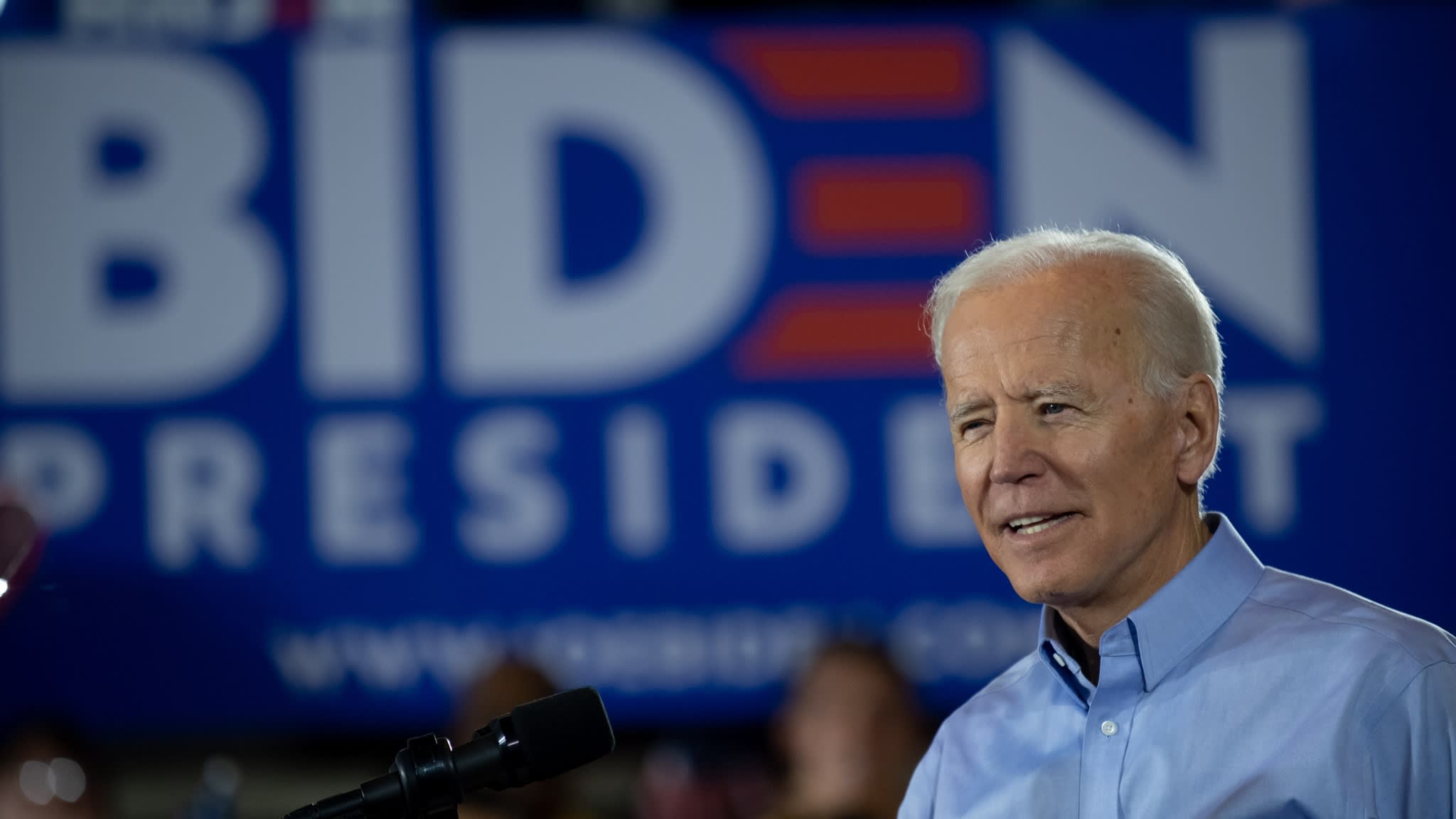THE STRATEGIST – China’s Communist Party leaders have long understood the potency of symbols and the power to write history.
It’s why Hong Kong protesters defacing the Chinese emblem with black paint and throwing a Chinese flag into the harbour were such an affront. It’s why many pro-China stalwarts here were so incensed by Hong Kong demonstrators brandishing the British colonial flag. And it’s why a seemingly innocuous question on a high school exam—asking whether Japan had done ‘more good than harm’ to China during the early half of the 20th century—ignited such official outrage that the question had to be pulled from the exam.
I often thought about the Chinese government’s near obsession with their symbols and controlling their historical narrative when considering how the United States has taken somewhat the opposite approach.
Americans largely hate seeing their flag burned at a protest, but the Supreme Court has ruled that flag-burning is a form of free speech protected by the constitution. Athletes choosing to kneel during the national anthem to highlight racial injustice is considered offensive to many, including President Donald Trump, but most Americans agree that such a protest should be allowed.
But the symbols and history of the old Confederacy—the 13 states that rebelled against the government during the Civil War—present a different, more difficult challenge. America only now is coming to a long-overdue reckoning.
Statues and monuments to Confederate generals and politicians are ubiquitous across the south. Military bases are named after Confederate generals. Highways and streets bear the names of the old stalwarts of Dixie. And at some political rallies and protests, Confederate flags seem to outnumber the stars and stripes.
In the wake of the murder of George Floyd by a Minneapolis policeman in May, and the ensuing nationwide demonstrations against racial inequality, some of these Confederate statues are coming down. They’ve been toppled by activists or relocated to museums. The state of Mississippi finally removed the Confederate battle emblem from its flag. NASCAR, America’s stockcar racing organisation with deep roots in the south, has banned Confederate flags at all its events.
It’s long past time.
As a beginning reporter fresh out of college, I moved to Washington DC and made my first ever trip by car across the Potomac River to Virginia for a story. Passing Arlington National Cemetery, I found myself driving on something called the Jefferson Davis Highway. I knew enough Civil War history to be horrified. Davis was the president of the Confederacy. Sometime later I ended up on Lee Highway, named after the Confederate commanding general Robert E. Lee.
Naming highways after the defeated losers of a civil war would be the equivalent of going to Nanjing, China, and finding a major thoroughfare named ‘Generalissimo Chiang Kai-shek Boulevard’.
The difference is that China erases the vanquished. In the US, at least in the south, monuments were erected in their honour. The reasons for this are many, starting with the south being allowed to write its own version of history.
Southerners like to refer to the Civil War as ‘the war between the states’, and the proximate cause is called a dispute over states’ rights. The war, from 1861 to 1865, is exalted as ‘a noble cause’.
All that, of course, is a revisionist view. The war was the result of a southern insurrection by traitors against the legitimate government over one single issue—the southern states’ desire to keep black people enslaved as human chattel. The various euphemisms employed today are all about whitewashing that horrific history.
Why? Because after the defeat of the southern insurrection and the assassination of President Abraham Lincoln, many northerners wanted to unify the country again and accept the traitor states back into the fold. There was a brief period called ‘Reconstruction’, during which freed black slaves were supposed to be granted their civil rights and the north would supervise the former Confederate states. But northern politicians eventually lost interest, and the post-slavery south was able to impose a new system of racial segregation known as ‘Jim Crow’, which persisted until the modern civil rights movement of the 1950s.
Many statues honouring Confederate leaders were in fact erected not after the Civil War, but much later, in the 1950s and ’60s, as a show of defiance against integration and black civil rights. The statues, like the flags, were meant to perpetuate the culture of white domination.
In the US, there was never any attempt to ban Confederate iconography or hero-worship of southern generals in the way that, for example, Germany after World War II banned Nazi propaganda and emblems, including the swastika.
Today, the Confederate flag is displayed to show defiance of the government and rebellion against disliked policies. Confederate flags are a fixture at Trump rallies. I was surprised to see armed protestors demonstrating against coronavirus lockdowns in Lansing, the capital city of my home state of Michigan, waving Confederate flags—in the industrial midwest, far from the old Mason–Dixon line that separated north and south.
As much as I find the flag loathsome, and as curious as I am about why supposedly ‘patriotic’ Americans would wave the banner of insurrectionists, I respect their right to wave it. For me, it’s a matter of free speech. Whether someone is carrying a Confederate flag or burning an American one, it’s like kneeling during the national anthem; I may find it distasteful, but I will always support their right to do it.
Where to draw the line between permissible and proscribed, when it comes to historical iconography? It’s a difficult one that many countries are now grappling with. One test for me is whether the expression is individual or public. An individual carrying an offensive flag is exercising their right to free speech. But a statue or monument on public land, or a highway named after a controversial figure, is being supported by taxpayer dollars. If a large portion of the population finds a statue or a highway name offensive, then it seems time for a change.
China’s draconian new law in Hong Kong prohibits many forms of expression once tolerated as free speech. These include banning displays of banners or pamphlets promoting independence, and making use of the phrase ‘Liberate Hong Kong; revolution of our times’ a criminal offence. Since the law became effective on 1 July, Hongkongers have been scrubbing their social media accounts of potential offensive posts, and restaurants and shops have been removing stickers and post-it notes with pro-democracy slogans.
China is also now trying to impose ‘patriotic education’ in Hong Kong schools, in an effort, in Beijing’s view, to eradicate the vestiges of a ‘colonial mentality’ and force young Hongkongers to love the motherland and exalt Communist Party rule. China’s form of instilling patriotism includes erasing atrocities like the Cultural Revolution and the massacre of pro-democracy students at Tiananmen Square.
Banning Confederate flags and monuments, and removing the names of known racists from military bases and the prestigious Woodrow Wilson School of Public and International Affairs at Princeton, is often loudly derided, including by Trump, as part of a ‘cancel culture’ that wants to erase elements of American history. But this change is coming after decades of public debate, a bottom-up grassroots movement for inclusion and equality, and a new national reckoning with injustices of the past.
In China and Hong Kong, the banning of flags and slogans, and the moves to erase history, are being imposed from the top down, by a single party state that wants to solidify its control. It’s how the Chinese Communist Party has managed to stay in power for more than 70 years—by knowing the potency of symbolism, and exercising its power to write its own version of history.
Originally Posted At:
Ground-up versus top-down: how the US and China effect social change




